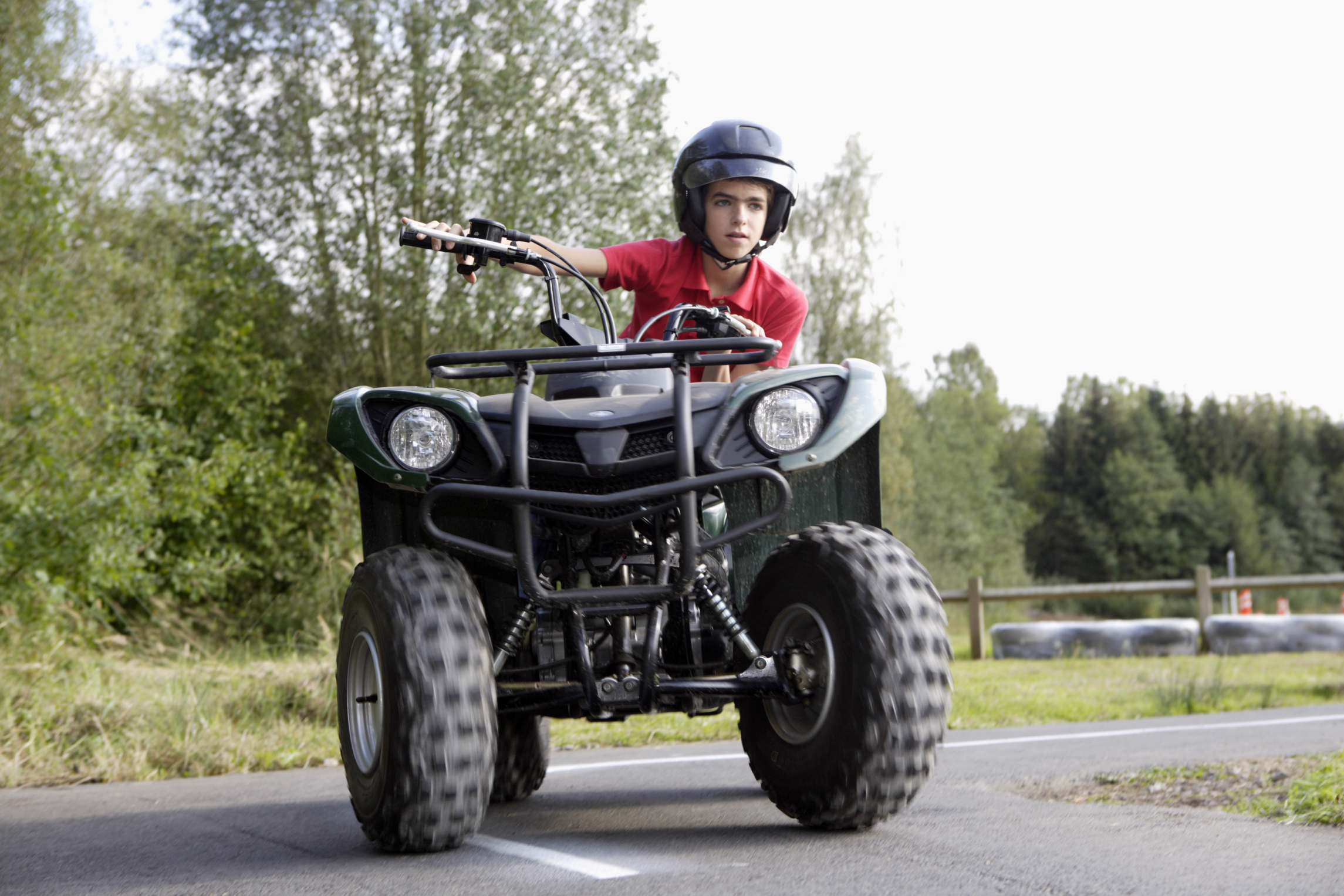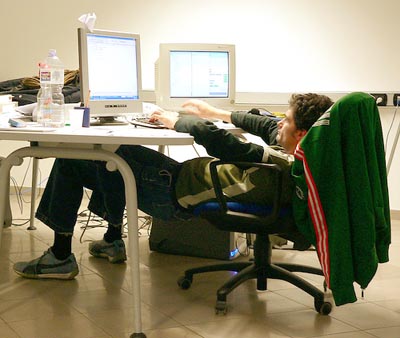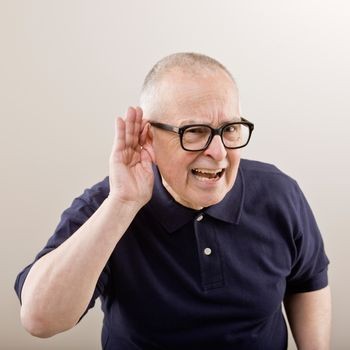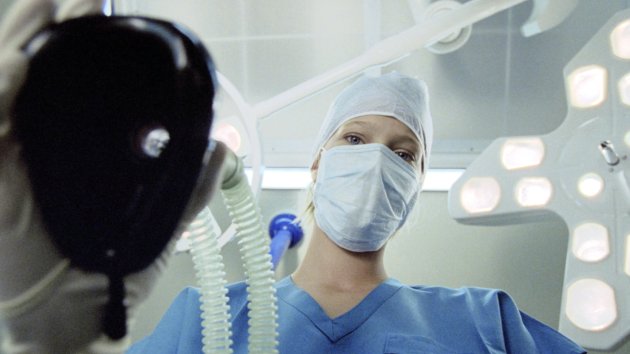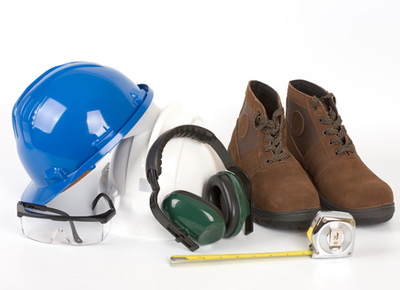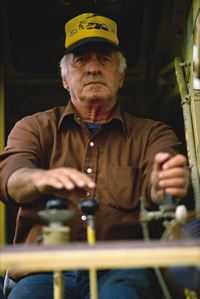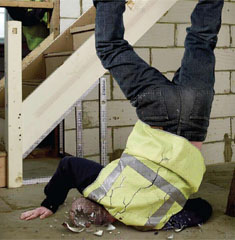 Falls are a persistent hazard found in all occupational settings. A fall can occur during the simple acts of walking or climbing a ladder to change a light fixture or as a result of a complex series of events affecting an ironworker 80 feet above the ground. According to the 2009 data from the Bureau of Labor Statistics, 605 workers were killed and an estimated 212,760 workers were seriously injured by falls to the same or lower level.
Falls are a persistent hazard found in all occupational settings. A fall can occur during the simple acts of walking or climbing a ladder to change a light fixture or as a result of a complex series of events affecting an ironworker 80 feet above the ground. According to the 2009 data from the Bureau of Labor Statistics, 605 workers were killed and an estimated 212,760 workers were seriously injured by falls to the same or lower level.
via CDC – Fall Injuries Prevention in the Workplace – NIOSH Workplace Safety and Health Topic.


